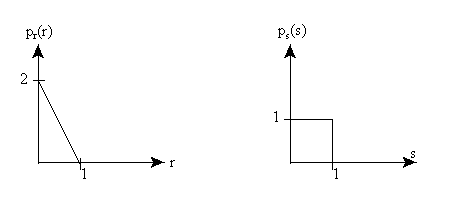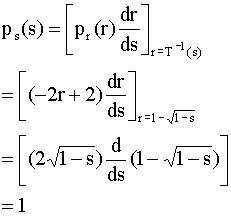Value substitution from a LUT can change brightness and contrast
Addition of pixels from multiple images can average out noise
Subtraction of images can remove background variations and highlight change
Multiplication of images can be used to compensate for camera variations

Look Up Tables (LUTs)
Brightness is defined:

Contrast is defined:

A LUT is used to map a set of input values to a set of output values. For
8-bit grayscale images, there are usually 256 possible values for input or
output. If r is an input value and s is an output value, then
s = T(r) where T(r) is a monotonic mapping function between r
and s.

Histograms
For an N x M image


To get average value of pixels in image:

Histogram Equalization
Histogram equalization is an attempt to distribute the gray levels of an
image evenly over the maximum possible range.
It is obtained by obtaining the cumulative probability distribution of r,
solving this for r in terms of s, and using this for the mapping
function T(r).
The probability density function for the s values is given by

The cumulative distribution function of r is obtained by

Using this distribution function for T(r) gives

which will have a uniform density.

Example of Histogram Equalization
As an example consider the probability distribution function for r
given by pr(r) = -2r+2 for r =
[0,1]


then

where only the minus value is valid, since r ≤ 1
This will give a uniform density for the probability density function of s:

for 0 ≤ s ≤ 1.
